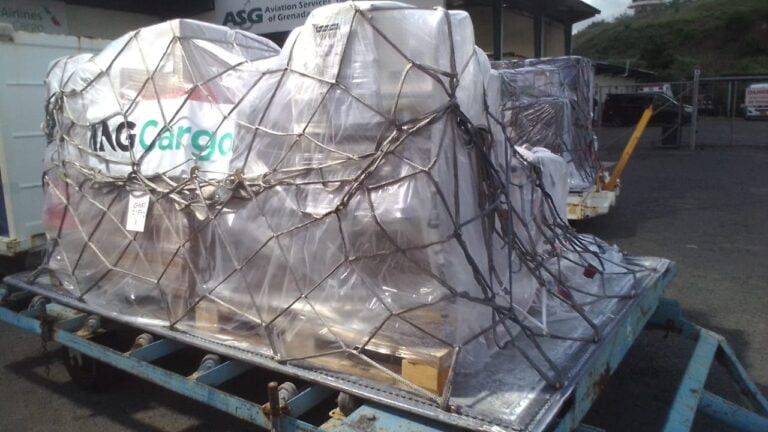IAG Cargo, the freight division of International Airlines Group, reported a strong set of results for the first half of 2025, posting revenues of €629 million — an 11.1 percent increase on the same period in 2024. The performance comes amid ongoing challenges across global supply chains, highlighting the business’s resilience and ability to adapt in a shifting market.
Volume growth played a key role, with cargo volumes up 4.5 percent year-on-year, while yields rose 6.4 percent compared to the first half of 2024.
“Following the strong growth we achieved in 2024, this performance reflects the trust our customers place in IAG Cargo to deliver reliably, even as global supply chains remain under pressure,” said David Shepherd, Chief Executive Officer of IAG Cargo.
The division’s improved results have been supported by a continued focus on operational performance and strategic investment in digital infrastructure. Efforts to modernise key processes and streamline service delivery are beginning to yield measurable benefits. Enhancements such as real-time tracking, predictive analytics, improved self-service tools and agile pricing systems have strengthened capacity planning and enabled quicker, more informed decision-making across IAG Cargo’s global network.
“We are seeing real momentum from our focus on operational excellence and accelerating our digital offering,” added Shepherd. “It is enabling us to serve our customers better, drive efficiency and move at the pace the market demands.”
This focus on technology and responsiveness has allowed IAG Cargo to better manage its resources in a volatile environment, aligning with the group’s broader strategy of building a more agile and customer-focused operation.
Despite the complexities of global logistics and geopolitical uncertainties, IAG Cargo’s performance has provided a reliable revenue stream for the wider airline group. As capacity continues to recover across long-haul passenger routes — particularly transatlantic and Latin American corridors — the division has benefited from increased bellyhold availability, enabling it to meet rising demand in key sectors such as pharmaceuticals, perishables and e-commerce.





